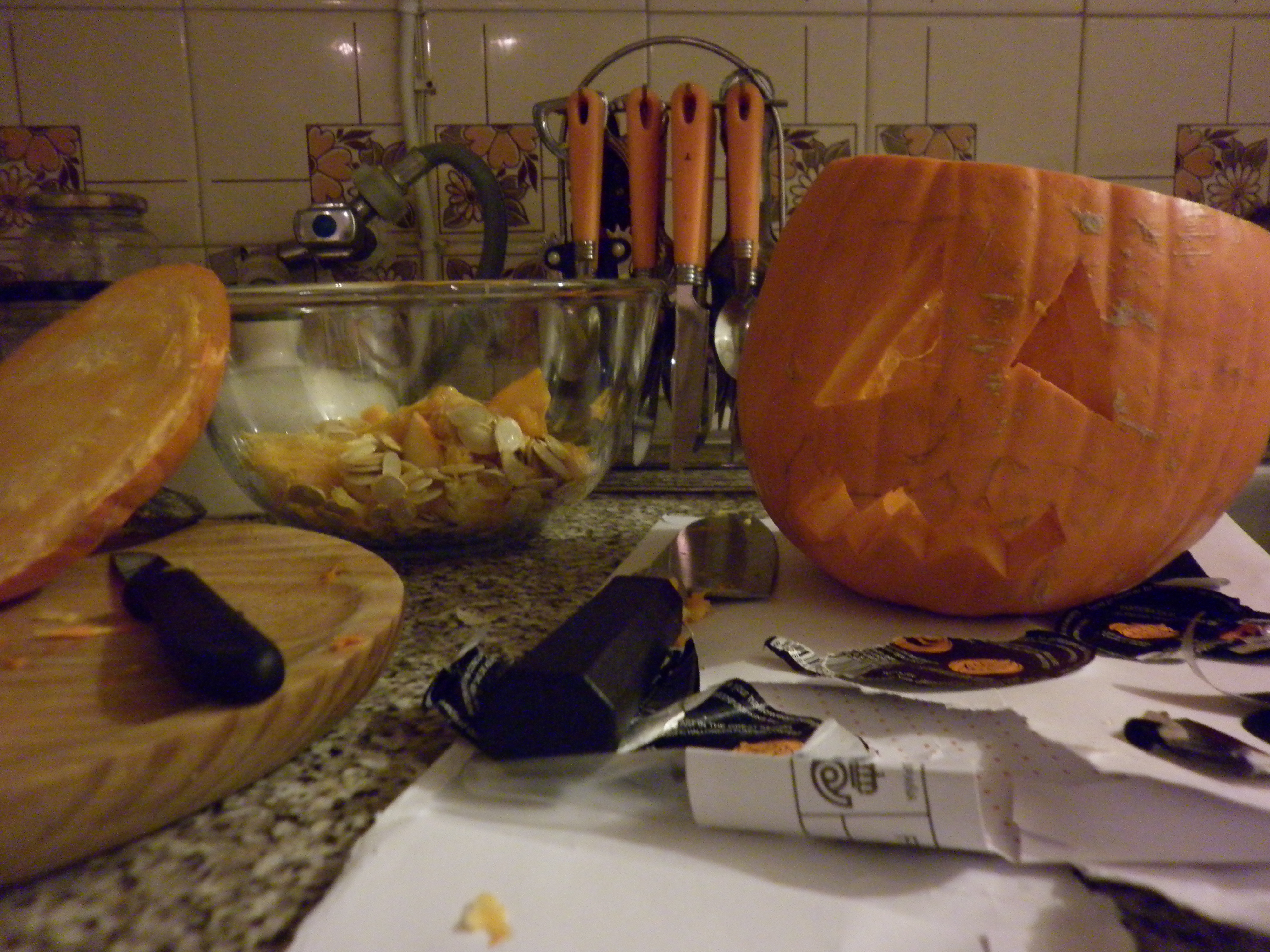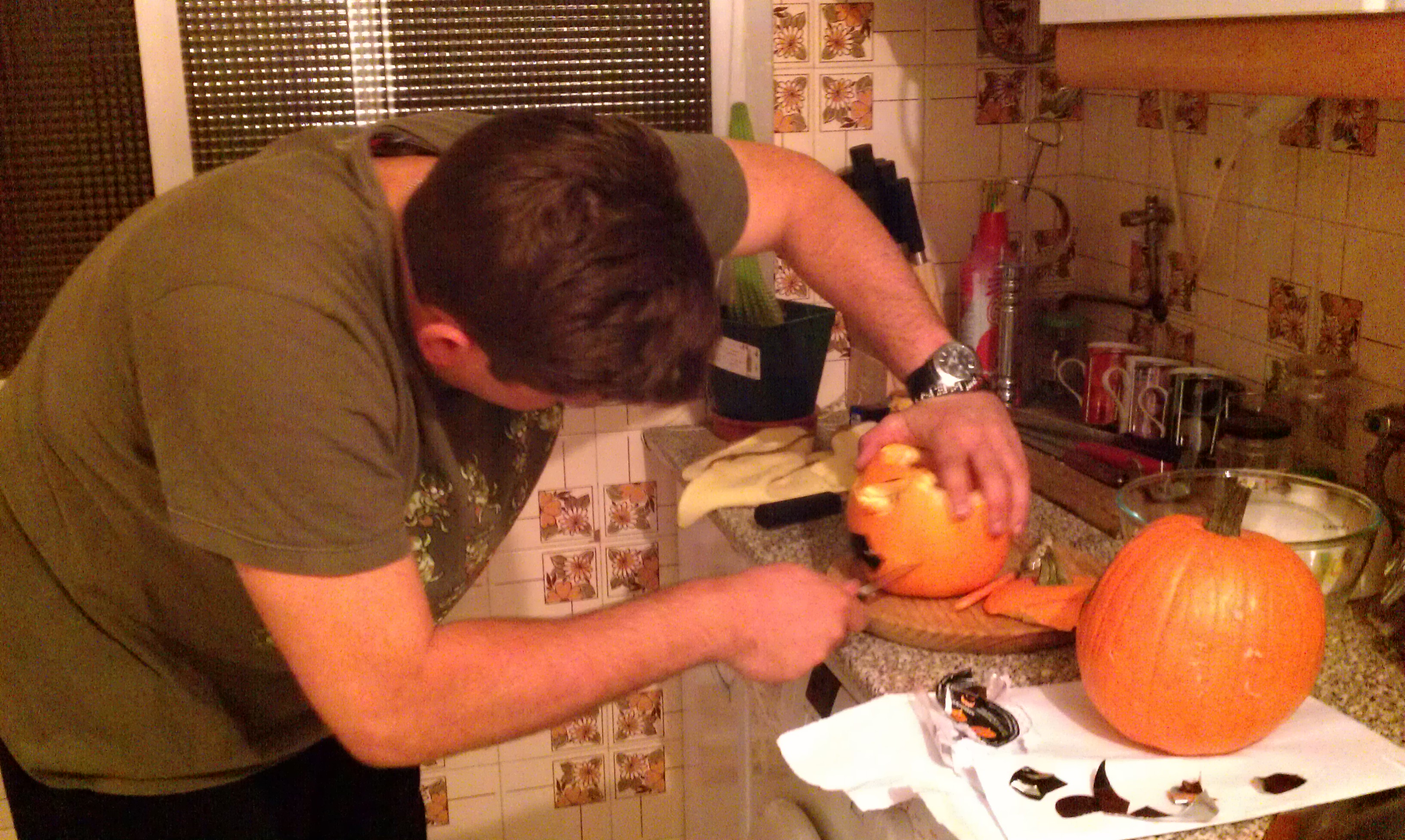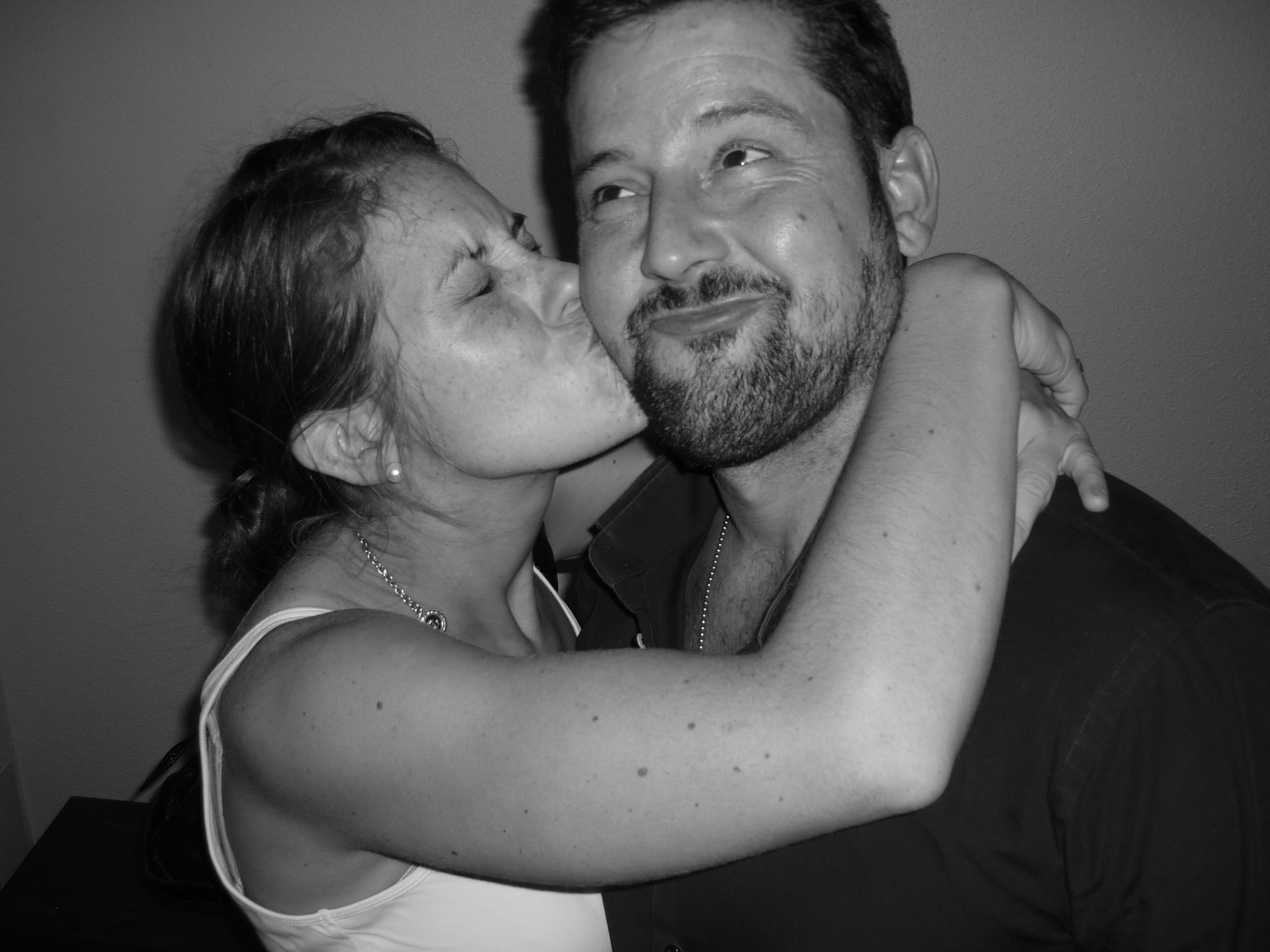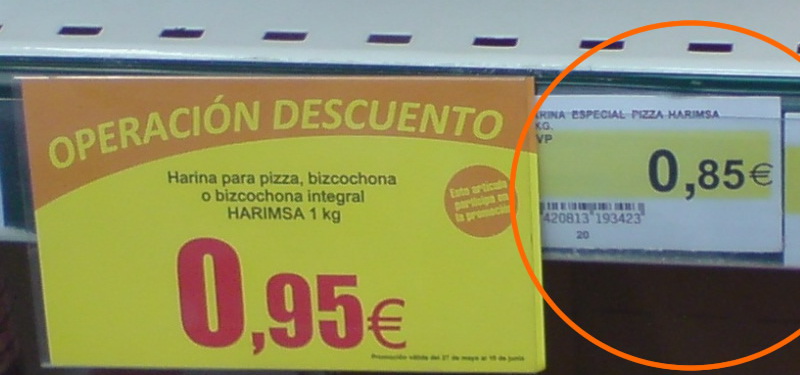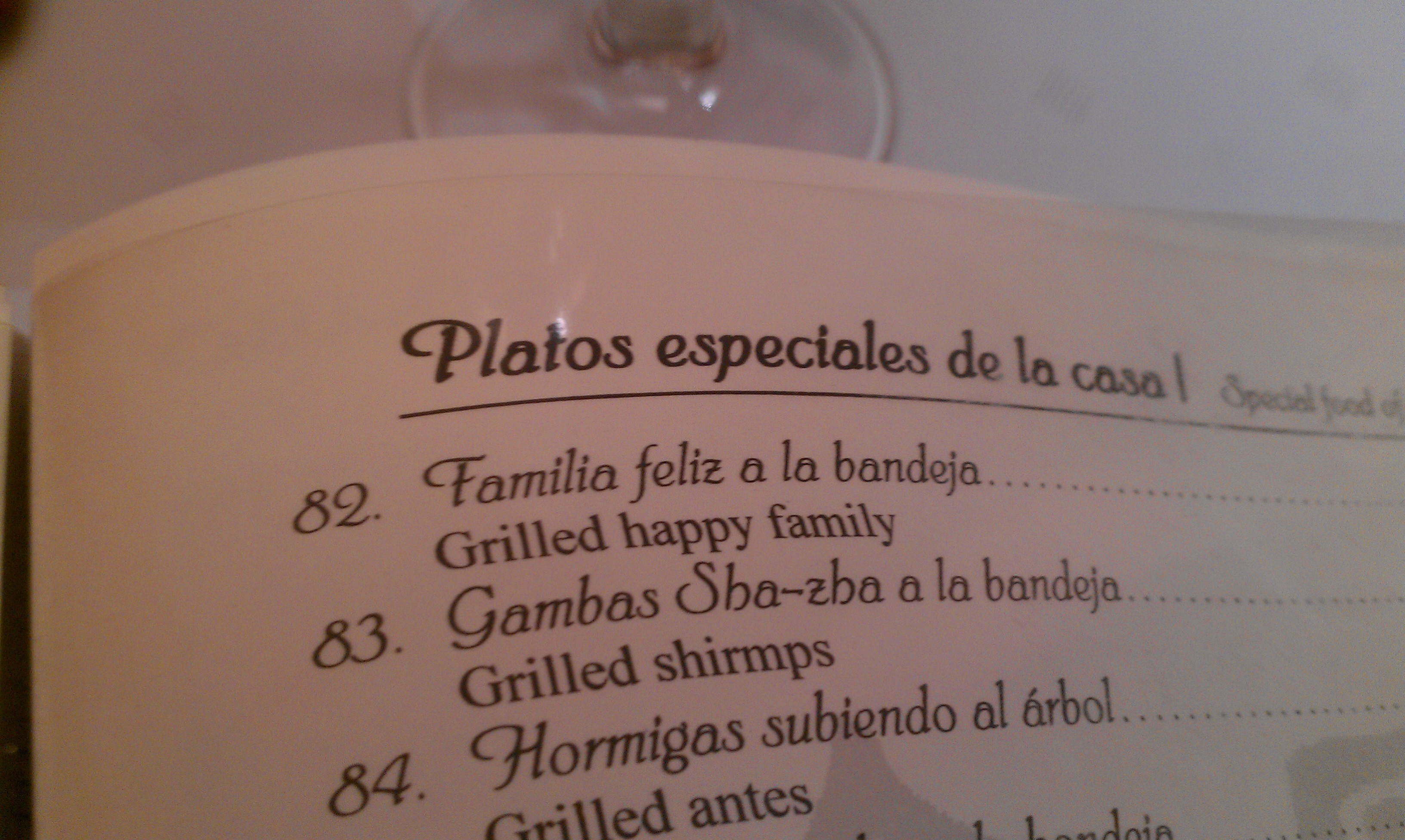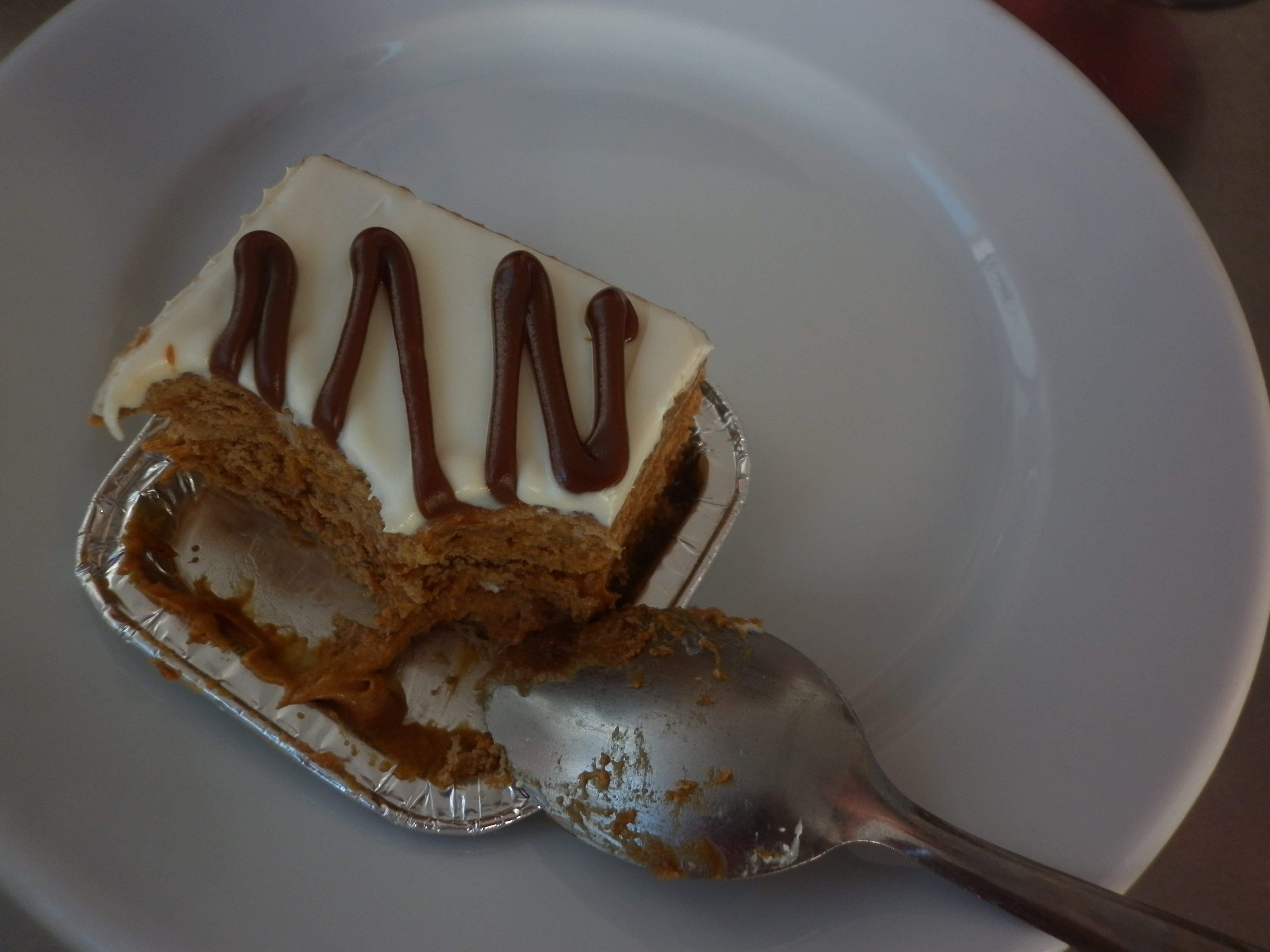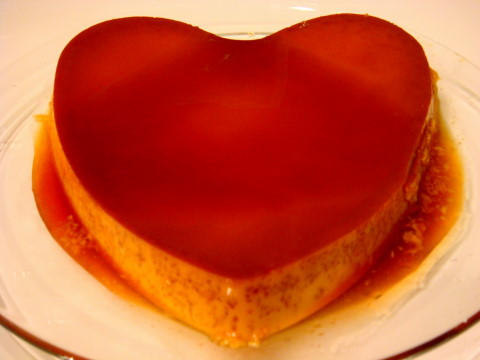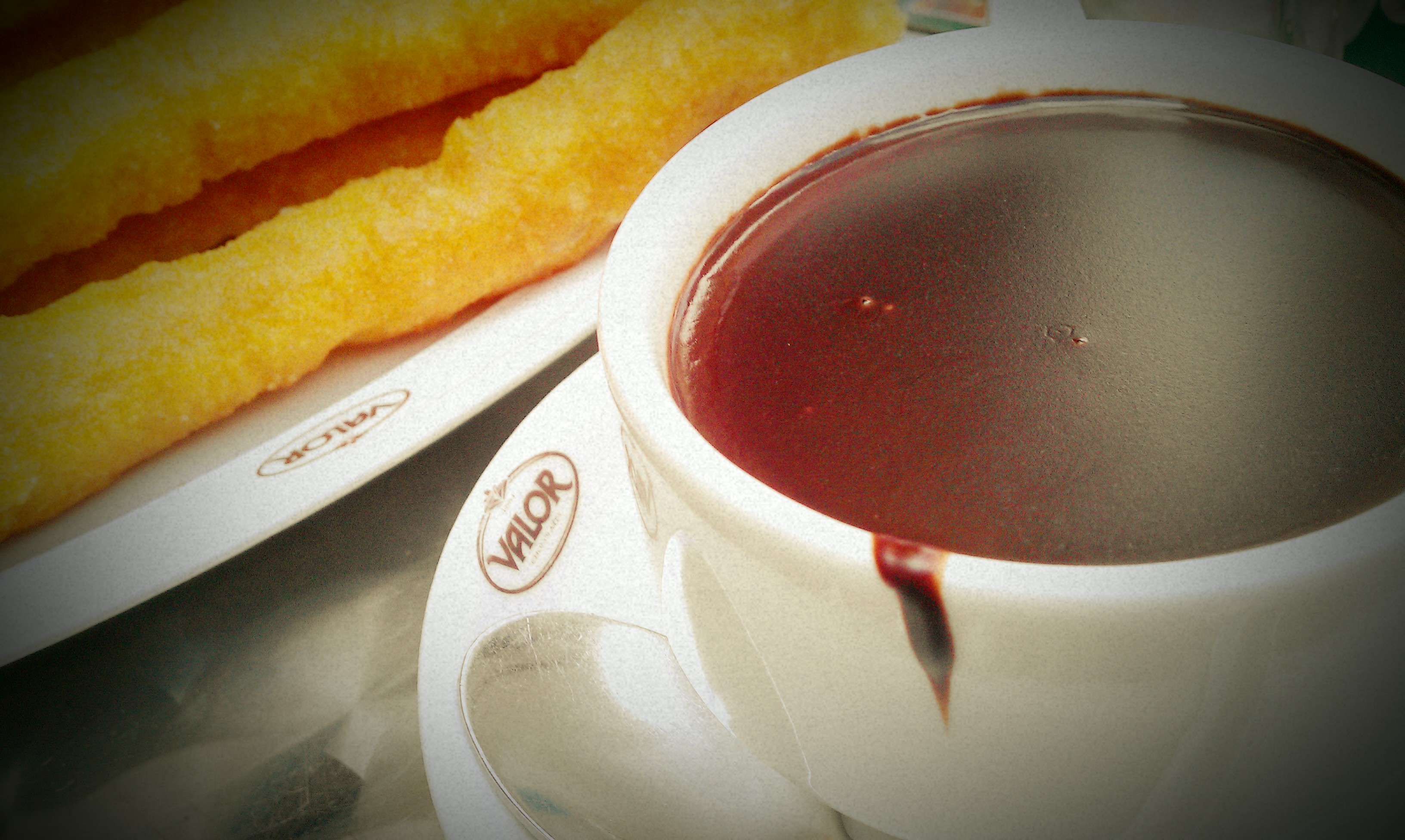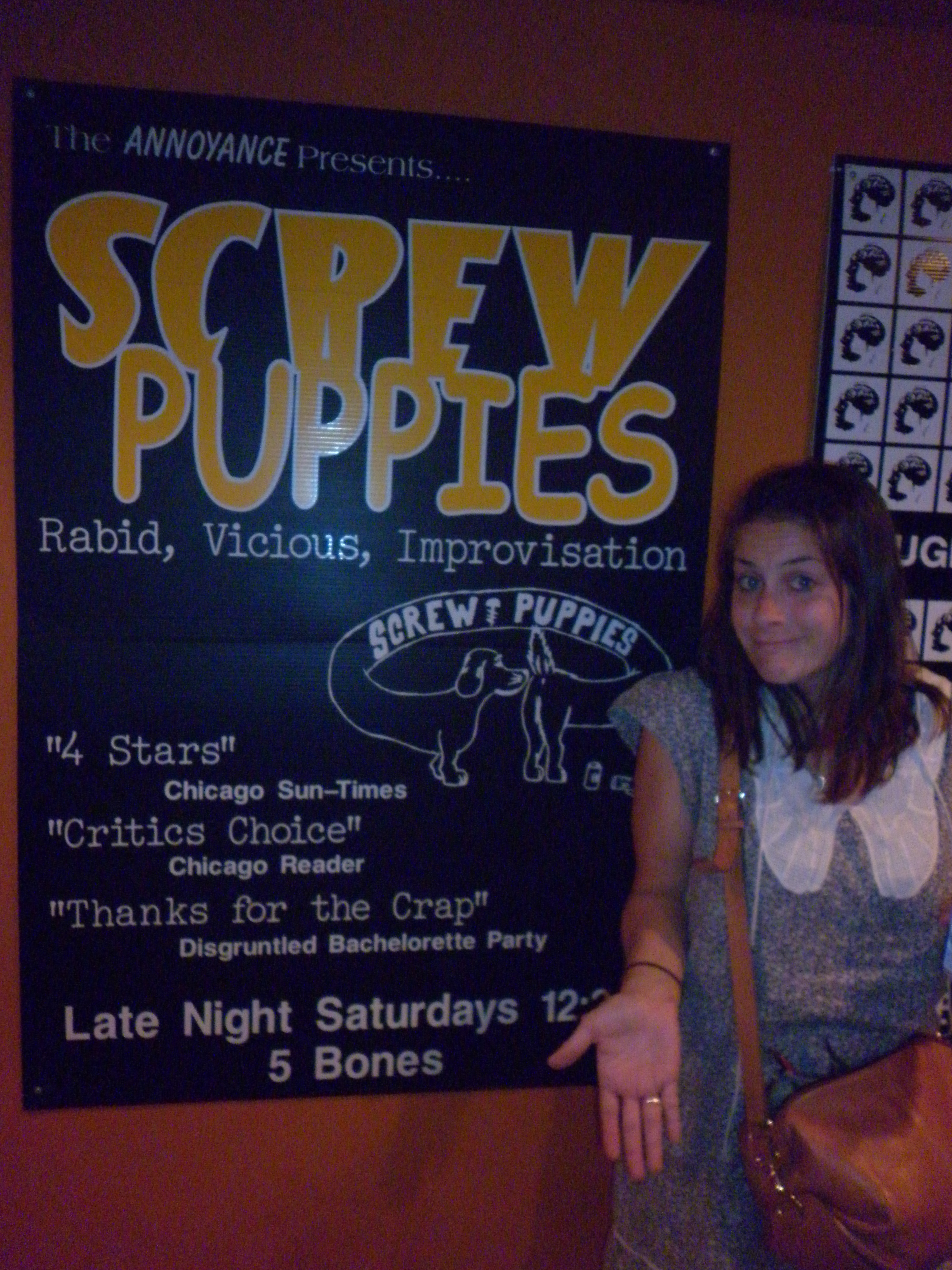When I made my little trip to Spain four years ago, I was determined to do what any expat does – immerse myself in the culture. Eat, breath and sleep flamenco, siestas and tapas.
Then I realized I am just too American for that. Who says you can’t live in Spain and have your hot dog-flavored cake, and eat it, too?
I don’t necessarily have to redeem myself when it comes to exhibiting my Americanism with pride with the Novio, as he is ten times more Spanish than I am guiri. He eats, breathes, sleeps cerveza, Betis and juerga. But one really beautiful part of a bilingual, bicultural relationship is being able to share another culture with someone. Had I not met Kike, there’s a lot that would remain a mystery to me, and a lot of places I would never know.
So, in my opinion, it’s only natural I’d try to do the same. since Halloween is my second favorite holiday, second only to Fourth of July (for the beer and fireworks, not the patriotism!), and this is the first time he’s actually been in Seville for Halloween since we met, it was high time I taught him about All Hallow’s Eve.
Turns out, he’s too Spanish for his own good.
My friend Kelly hosts a pumpkin carving party yearly, but I missed out this year to go to Madrid. Last Tuesday, I finished work and, feeling in the spirit of Halloween on the first cold and blustery day of the Fall, went to Lidl to buy spider webs for my classroom and a pumpkin for the Novio and I. Lidl is the German equivalent of Aldi – mega cheap, charges you for bags like most places in Spain, has carts of random crap in the aisles. But Aldi has a rotating international week, meaning I can get cranberry juice and marshmallows during American week, Croque Monsseiur during semaine francaise, and beer brats and Haribo gummis any given. In the weeks leading up to Halloween, witches hats and packaged candy fangs adorn the aisle displays next to the register. I snagged the last two pumpkins, paid for two bags and took them home.
Since the pumpkins came with stickered-on faces, The Novio perched them on the mantle above the TV, laughing in a spooky voice. “Sunday,” I announced, “¡Al ataque!”
The weekend drew to a close and I dropped Hayley off at the taxi stand and went to make chicken stock and wait for Kike to come home from having lunch with friends. Three hours later, he arrives home. I told him I wanted to do Halloween stuff, like carve our pumpkins. He walked into the kitchen, took out a knife, and I had to lunge forward and yell NOOOOOOOOOOO, because he assumed I wanted him to cut it up so we could make a crema, a type of thick soup, out of it. He asked the purpose of carving it before All Hallow’s Eve, as today is merely the 30th.
I told him I was giving up, not really willing to fight about a tradition he knows very little about. Venga, he coaxed, we’re already doing Halloween things! He made a scary face and tried to pop out at me from behind the open fridge door. I took out the carving knife and commenced slicing off the head of his pumpkin, scooping out the goopy innards and placing them in a glass bowl.
As I tried to peel off the sticker, the Novio protested, saying he didn’t know how to make a scary face. I gave up. He did, too.
Replacing the top, he snickered and put the jack o’lantern back on the mantle. Within ten minutes, the time it took for me to carve my pumpkin and place the seeds pn a baking sheet, he was out cold.
There’s always Thanksgiving, Novio. Who doesn’t like a holiday based around food and sports?
